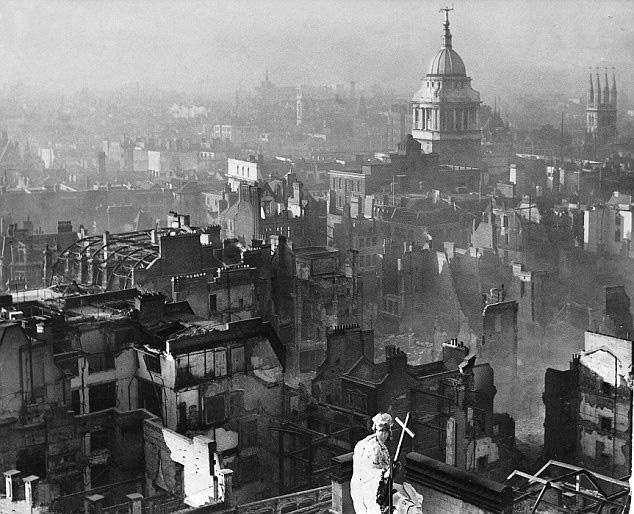This war less than 100 years ago, which irrevocably changed the socio-political alignment of virtually every single nation, whose impacts are still felt, is one of the most studied events in human history.
Curiously enough, for all of the focus on it, there is substantial disagreement over which event started the global conflict and when.
One prominent British historian, Alan J. P. Taylor, posits that the European and Sino-Japanese wars started simultaneously and merged in 1941.
Antony Beevor, another British historian, pins the actual starting date of this global conflict to the battles fought by Japan against Mongol and Russian forces along the Russian border at Khalkhyn Gol, which started in May 1939.
One last prominent postulate dates the start of the Second World War to the second round of fighting between Italy and Ethiopia that started on October 3rd, 1935.
At that time, many countries were still reeling from the effects of the Great Depression, and thoughts of war most likely came second to survival and rebuilding economies.
Seen from that perspective, some might think it odd that the one European country that suffered the most from the Depression would author the bloodiest war of all time.
Conventional analysis puts the actual start of the Second World War in Europe on September 1st, 1939, the date of Poland’s invasion by Nazi forces.
That event and date will be our springboard as we launch into the examination of tactics and weaponry, alliances and innovations that cost many lives and changed humankind forever.
Take Guelph history courses here on Superprof.

Prelude to the Second World War
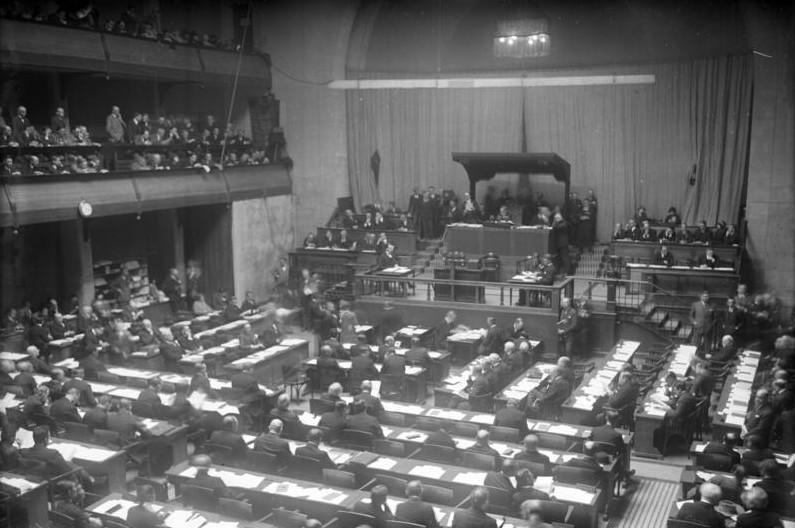
Treaty of Versailles and Its Ramifications
The Treaty of Versailles, a peace settlement after World War I, imposed heavy reparations and territorial losses on Germany. This punitive approach fueled resentment among the German population, creating fertile ground for the rise of Adolf Hitler and the Nazi Party.
Rise of Totalitarian Regimes
We witnessed the emergence of totalitarian regimes in Germany, Italy, and Japan during the interwar period. Hitler's ascent to power in Germany, Mussolini's rule in Italy, and Japan's militarization reflected a shift towards authoritarianism. These regimes sought expansionist policies, challenging the existing international order.
Failure of the League of Nations
In an attempt to prevent future conflicts, the League of Nations was established. However, its inability to address rising aggression and enforce collective security measures became evident. The League's failure to act decisively in the face of aggressor nations allowed the expansionist ambitions of Germany, Italy, and Japan to go unchecked.
The end of the First World War left Germany tactically isolated because its allies either surrendered or capitulated. Furthermore, almost every nation on Earth had declared war on Germany before ceasing those hostilities.
Thus, we can imagine nobody was in a hurry to align themselves with German forces. Besides, everybody was too busy recovering from the double hits of war and economic Depression.
Left to their own devices, Germany's president placed a man formerly convicted of treason in the chancellery, someone who had radical worldviews and intended to promulgate them – whether the world liked it or not.
Adolf Hitler pulled his country out of the Great Slump through a three-pronged approach that included rearmament – the most significant economic booster to the country's coffers.
That alone should have been an indication of his intent!
He also 'programmed' children as young as 10 into Nazi ideology through compulsory membership in Hitler Youth groups. Later, they would be drafted into military service.
By no means should anyone believe that the globe was conflict-free between world wars; smaller skirmishes flared with astounding regularity during those 11 years.
Thus, it would be understandable that, while Germany remained reviled, the world's focus was not necessarily on its manoeuvering at all times.
This is a critical aspect of developments of the war in Europe that would shape postwar policy and politics for years to come.
Elsewhere in the world...
-
The Russian Civil War for five years (1917-22)
-
The Finnish civil war lasted just under a year (1918)
-
The Polish border conflict carried on for decades against the Czechs
-
The War of the Insane in Indochina took up most of France's military might and money, followed shortly after that by the Franco-Syrian War (1920)
By no means were only European lands so embroiled. However, our abbreviated list shows that Germany's neighbours were otherwise engaged; nobody had the resources to monitor German goings-on.
What about Great Britain during that interwar period?
We had troubles: the Malabar Uprising, the Ikhwan Revolt, the Cyprus Revolt...
All told, hardly anyone raised an eyebrow when Germany annexed Austria. That mild reaction possibly led Hitler to believe he could take any land he wanted through political bullying or by force.
Those same tactics were evident when the Crown attempted to maintain control of the American colonies 300 years before...
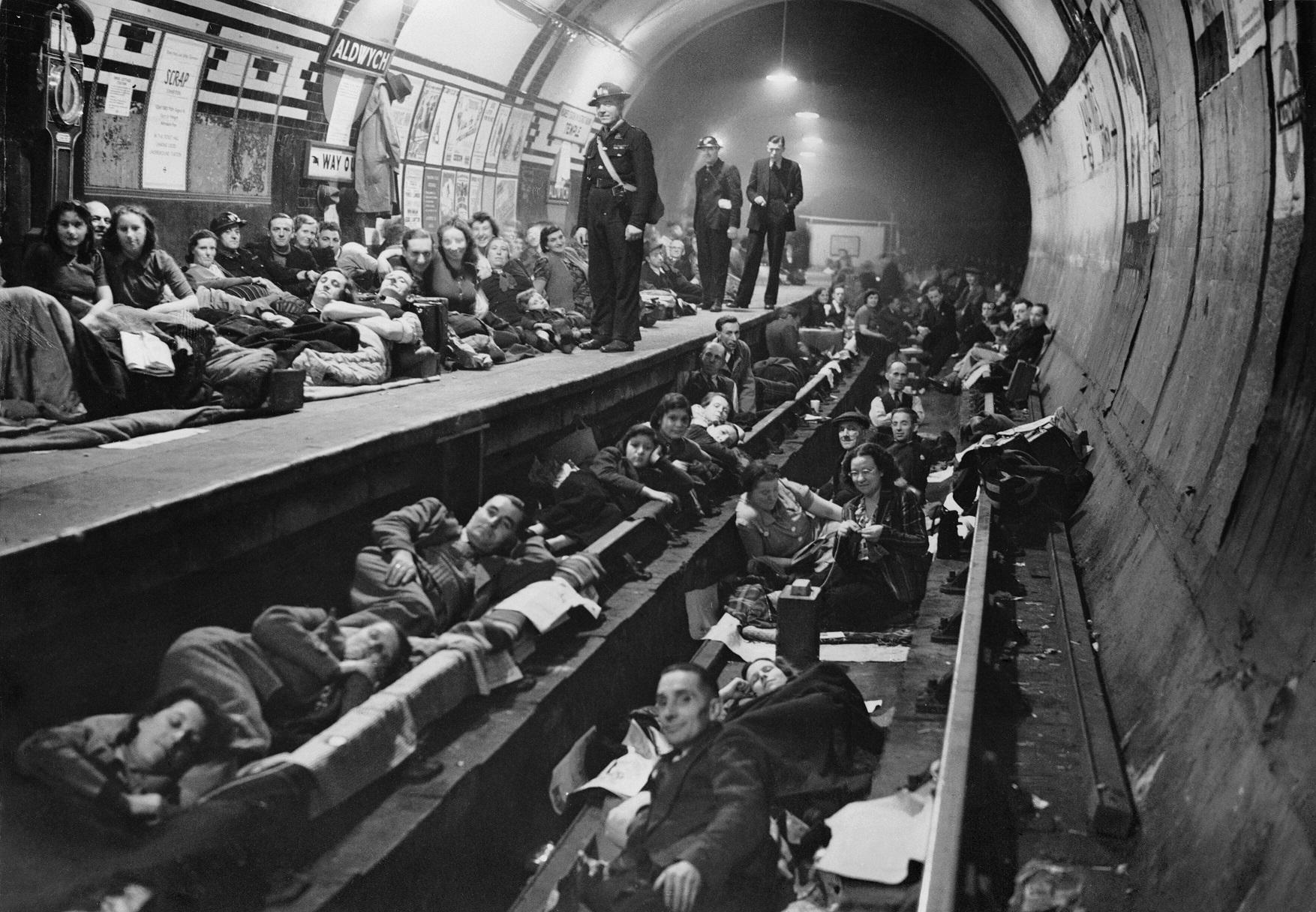
The European Theater
After several false flag incidents along the German-Polish border, the actual invasion of Poland took place in the form of a battle. Polish forces held out for seven days against a multi-pronged assault that included naval warfare.
Great Britain immediately served Germany with a request to cease all military activity; 48 hours later, France, Australia and New Zealand joined the UK in declaring war against Germany because no reply was given.
Although none of those allies directly supported Poland, they set up a naval blockade to limit supply routes and, thus, the war. Germany responded by attacking the various fleets with submarines, kicking off the Battle of the Atlantic.
On land, once the Wehrmacht reached Warsaw, Russia entered Poland from the east. They did not consider that an invasion, reasoning that Poland had fallen and, therefore, was up for grabs.
After dividing Poland with Russia, Hitler extended an offer of peace to France and the UK but insisted that Poland would remain under German and Soviet control. The French and British unanimously rejected those terms.
His troops circumvented the Maginot line in May of 1940. The total surrender came just six weeks later. Where was the French fighting spirit so evident at the Battle of Waterloo?
Meanwhile, Russia, seemingly emboldened by Nazi audacity, swiftly annexed Latvia, Lithuania and Estonia. The Finns were not keen on Russian invasion; they fought mightily and ended their conflict with minimum casualties.
You might think that Russia's emulation of Nazi tactics would lead to an alliance, but they could not agree on salient points and ultimately turned on one another.
That left Germany fighting a two-front war with a lone ally.
The Hitler-Mussolini bromance was founded on their mutual desire to have the entire world submit to their leadership, so they imagined a Berlin-to-Rome axis around which global policy would revolve. The name Axis Powers is derived from that imaginary line.
Want to learn more about what life was like in Nazi Germany?

Global Alliances and Rivalries
The alliances formed during World War II played a crucial role in shaping the conflict, as nations aligned themselves based on shared interests and perceived threats. Simultaneously, rivalries emerged, intensifying the global struggle. This section delves into the alliances and rivalries during the Second World War.
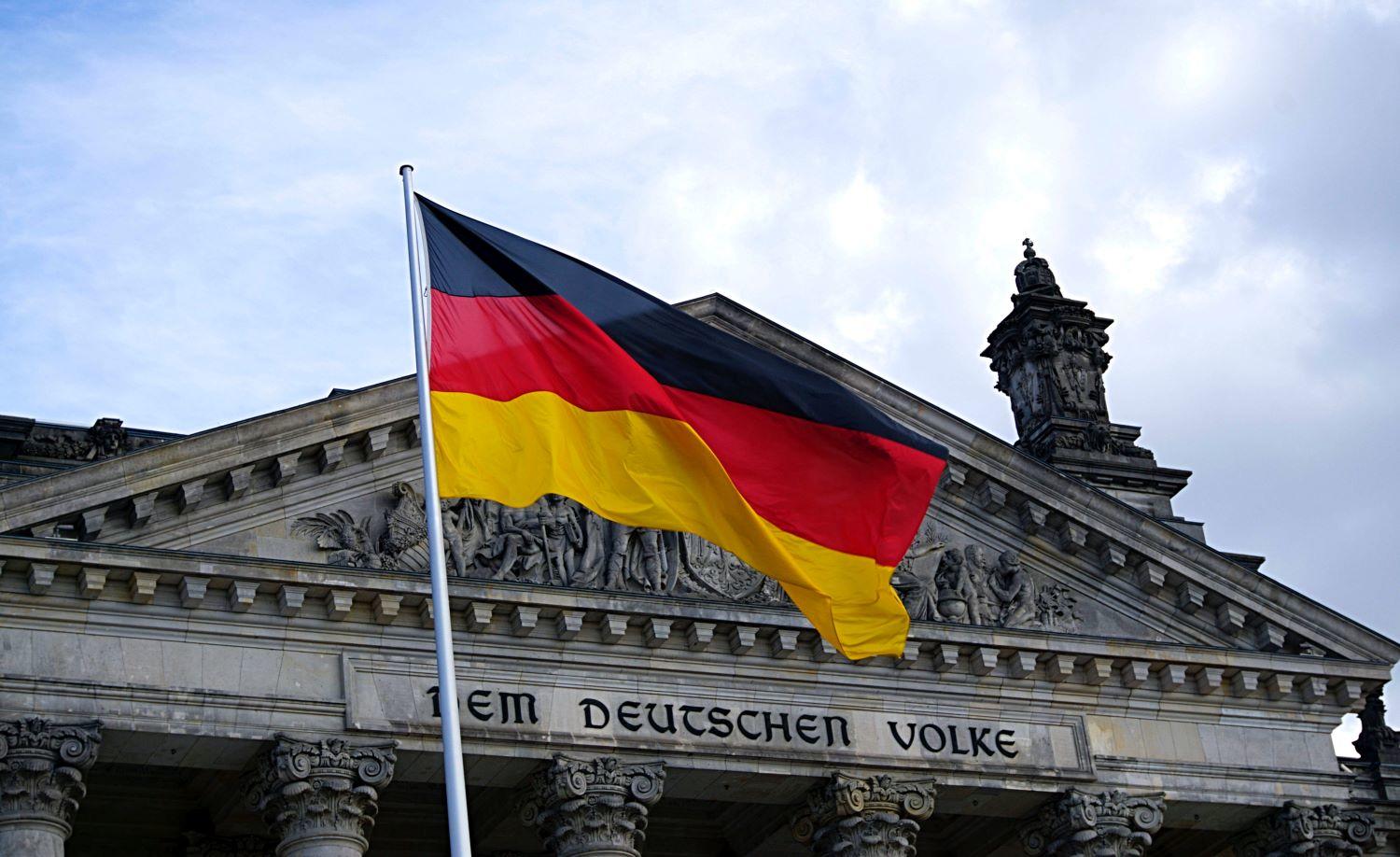
Axis Powers and Their Ideological Unity
The Axis Powers, led by Germany, Italy, and Japan, formed a coalition based on shared ideologies and mutual interests. Nazi Germany, under Adolf Hitler, pursued expansionist goals driven by extreme nationalism and anti-Semitic beliefs. Italy, led by Benito Mussolini, and Japan, with its aggressive regime, shared similar ambitions for territorial gains.
Tripartite Pact
The signing of the Tripartite Pact solidified the alliance between Germany, Italy, and Japan. This pact aimed for mutual support and collaboration in case any signatory nations were attacked. The Axis Powers now presented a formidable front, challenging the stability of the international order.
Allied Powers and Their Diverse Coalition
The Allied Powers, in contrast, formed a diverse coalition that included significant nations such as the United States, the Soviet Union, the United Kingdom, and China. Each had distinct motivations for joining the conflict, ranging from defending democratic values to countering aggression.
Atlantic Charter
The Atlantic Charter, a declaration of principles between the United States and the United Kingdom, outlined the Allies' goals for a post-war world. It emphasized self-determination, disarmament, and establishing a system to ensure lasting peace.
Rivalries Within the Allies
Despite their shared goal of defeating the Axis Powers, rivalries and ideological differences existed within the Allied camp. The most prominent example was the complex relationship between the democratic West and the Soviet Union. While they shared a common enemy, mistrust and conflicting ideologies foreshadowed post-war tensions.
Teheran Conference
The Teheran Conference brought together leaders from the United States, the Soviet Union, and the United Kingdom. While the Allies presented a united front, underlying tensions and differing post-war visions hinted at the challenges that would emerge after victory.
Impact on Civilians and Home Fronts
World War II had profound effects on civilians worldwide, with daily life disrupted by the demands of war. The experiences of individuals on the home front varied widely, yet collectively, they reflected the resilience and sacrifices made during this tumultuous period. Here, we will be discussing the effects of the Second World War on civilians.
Economic Hardships and Rationing
Civilians faced economic hardships across the Allied and Axis nations as resources were diverted to the war effort. Rationing became common, with families having limited access to essential goods such as food, fuel, and clothing. This shared sacrifice aimed to support military needs but placed a heavy burden on everyday life.
Home Front Propaganda
Governments on both sides employed propaganda to boost morale and encourage support for the war. Posters, films, and radio broadcasts conveyed patriotism, urging civilians to contribute to the war effort through conservation and participation in war-related activities.
Evacuations and Civil Defense
In regions directly affected by conflict, evacuations became necessary to ensure civilians' safety. Cities faced bombings, and citizens were relocated to safer areas. Civil defence efforts included air raid drills, the construction of bomb shelters, and blackout measures to minimize the impact of enemy air raids.
Impact on Children
The war's impact on children was particularly poignant. Many experienced evacuations, separation from families, and disruptions to education. The psychological toll of living in a world at war left a lasting mark on a generation, influencing post-war societal dynamics.
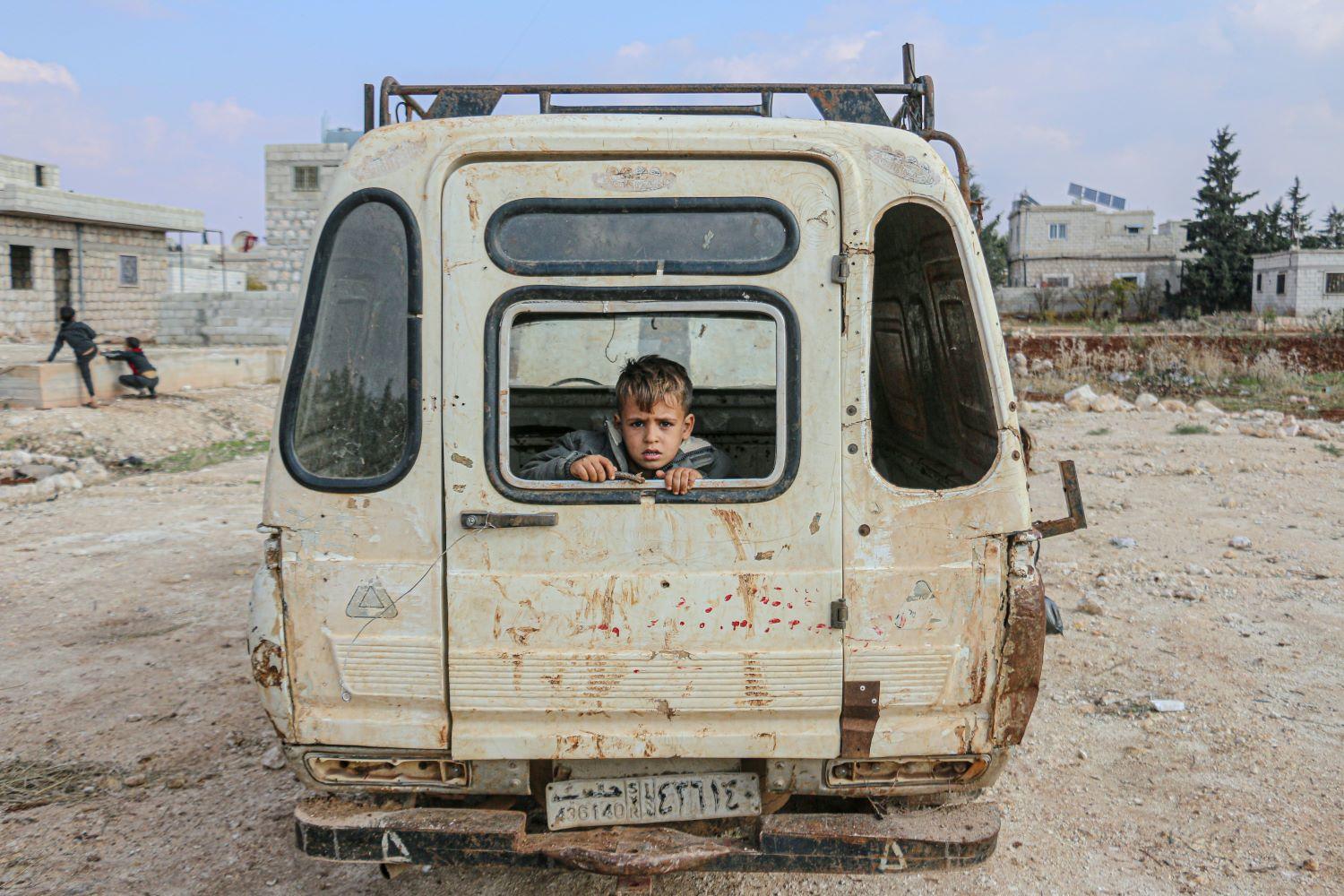
Resistance Movements and Occupation
In occupied territories, civilians faced oppression and hardship. Resistance movements emerged, with courageous individuals resisting occupation forces. These movements played a crucial role in disrupting enemy operations and maintaining a sense of hope for eventual liberation.
Holocaust and Persecution
The Holocaust, perpetrated by the Nazis, represented an extreme form of persecution. Millions, primarily Jews, were systematically murdered. The impact on individuals, families, and communities was devastating, leaving scars that endure as a reminder of the darkest aspects of human history.
Post-War Reconstruction
As the war neared its end, nations faced the immense task of rebuilding. The post-war period saw efforts to reconstruct economies, infrastructure, and communities. The Marshall Plan, initiated by the United States, played a vital role in aiding European nations in their recovery.
Legacy of World War II
The legacy of World War II continues to shape societies today. The war's impact on civilians and home fronts, from economic challenges to acts of resistance, serves as a testament to the resilience of individuals in the face of unprecedented adversity.
War in the Pacific
Japan was intent on dominating the Pacific out of fear of becoming colonized by Western powers, as China had been, and a need for raw resources not found in its archipelago.
To that end, Japanese forces had invaded China two years before the war in Europe had begun, although neither country had formally declared war on the other.
The Japanese then went further abroad, launching surprise attacks on European colonies: Malaya, Singapore, Hong Kong and the Philippines.
From there, with their aircraft carriers and fleets of aeroplanes, it was no great stretch to engage the United States through a surprise attack on Pearl Harbor.
The Japanese managed something even Winston Churchill couldn't do...
Whereas the Americans had been supporting Allied war efforts through civilian and monetary contributions, Japan's attack on their Pacific outpost forced their hand: they were now compelled to join in the fighting alongside the Allied Powers.
Find the history course here on Superprof.
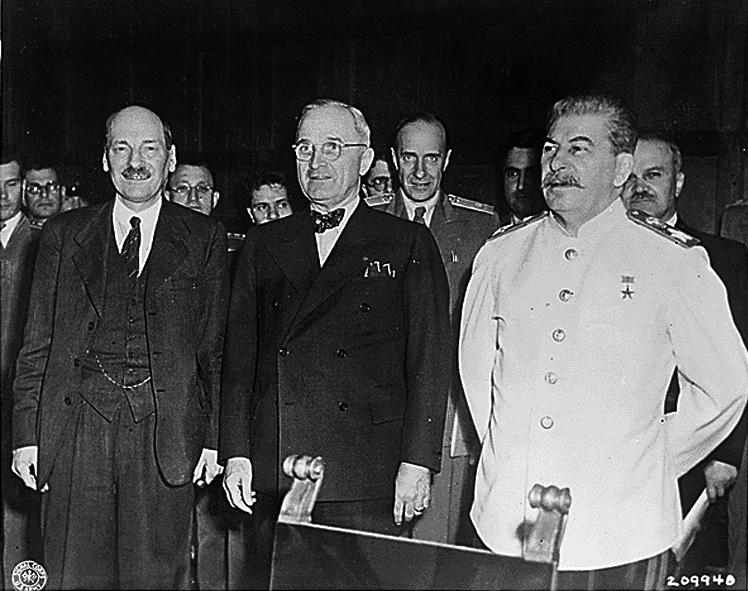
World War II: Conclusions
The Battle of Midway proved decisive, but the end of Japanese aggression came only after the bombing of Hiroshima and Nagasaki. The Japanese signed the formal surrender on September 2nd, 1945.
Although Hitler's death on April 30th, 1945, is generally considered the end of hostilities in Europe, Germany capitulated in an unconditional surrender on May 8th.
And, for years afterwards, many countries lived under austerity measures while rebuilding their cities, economies, lives, etc.
In essence, the bloodiest war in history comes down to two factions, the Allies and the Axis powers consisting of Germany, Italy and Japan, duking it out for supremacy at the cost of millions of casualties.
Not just the ones who perished in bombing raids and concentration camps, as dark a stain on humanity as they were, but those who suffered under Mussolini's fascist regime and those who perished in the Nanking massacre.
Lessons learned: Germany, having caused both world wars, was not to be left unsupervised.
The Potsdam Conference determined that the French, British and American armed forces would occupy the country, and they did so for the next 45 years. Berlin's seat of power would also be divided into four sectors.
The Soviets, a member of that alliance, were also charged with occupying German territory.
However, they took that measure too far, claiming half of Berlin and the share of Germany assigned to them at the Yalta Conference and promptly annexing it as their territory.
That caused The Allies to turn against the Soviets, ushering in the Cold War.
Also, due to this second global war, the Allied powers joined to form the North Atlantic Treaty Organisation in 1949. Today, this defence pact includes 29 nations.
This simplistic breakdown of power and regions of influence completely omits the North African, Italian, Mediterranean and Middle East campaigns.
Nor does it say anything about the giant leaps in science, technology and military intelligence gathering.
-
Alan Turing improved on Enigma, a code-breaking machine that significantly advanced the field of cryptanalysis.
-
The tank, primarily supporting infantry troops in WW1, became a central ground fighting component.
-
Ernest Rutherford split the atom in 1917, but Enrico Fermi is credited with the creation of the atomic bomb.
-
Women contributed heavily toward the war effort; even today, Rosie the Riveter symbolizes female empowerment.
Out of the ashes came a lot of good... but what a terrible heap of ashes the Second World War was!
Read more about historical events that changed the flavour of politics and economics worldwide...
Take online history courses here on Superprof.

